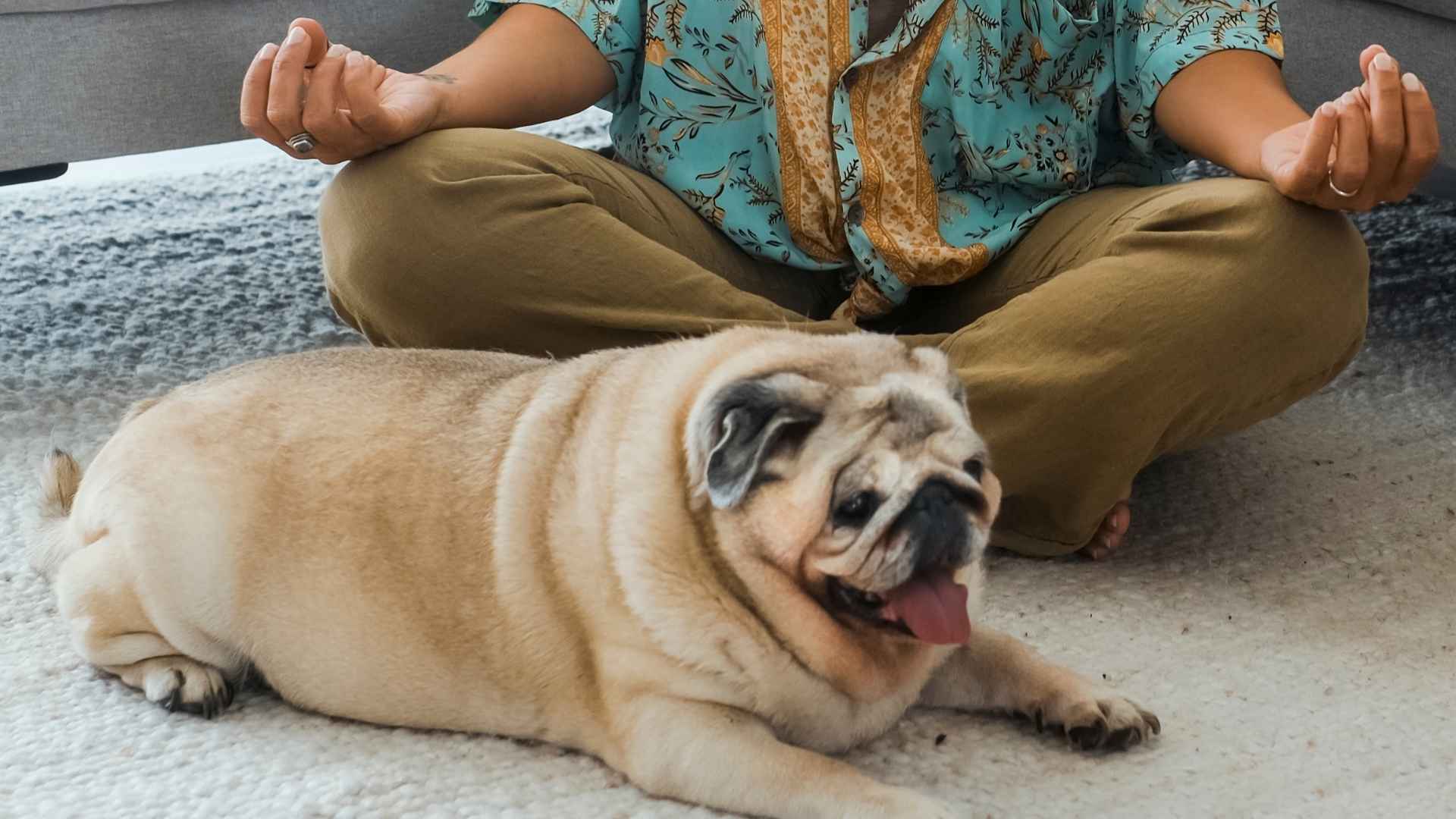If your yoga mat has more mileage than your gym shoes, we’re talking to you. Not the once-a-week stretchers. Not the trendy posters. We mean the people who actually live this. The ones who move slower on purpose, and who light incense without irony. Who knew silence isn’t awkward—it’s sacred.
You’ve built a space where peace isn’t just background noise—it’s the goal. And now you want a dog? Great. But let’s get this straight: not every dog is made for this kind of life.
Some want to sprint, bark, wrestle, and turn your flow session into a cartoon. You’re not here for that. You want a dog who fits the energy without being trained into it. This isn’t about obedience. It’s about alignment.
If yoga’s your lifestyle, not just a pose, you’ll want to meet the breeds that match that energy. They exist. And they’re in this article.
Dog Breeds For Yoga Enthusiasts
1. Labrador Retriever
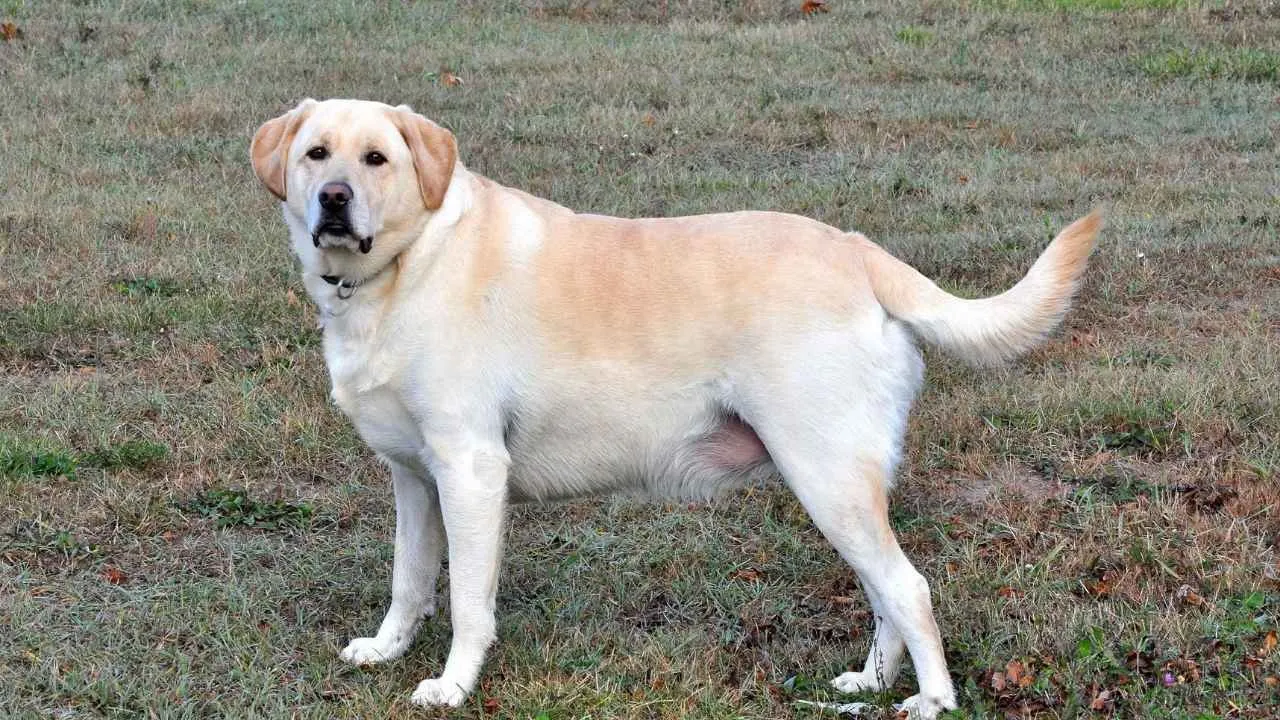
Labradors have an impressive ability to stay mentally present, especially when given structure and a daily rhythm. Their natural eagerness to please makes them quick to follow cues during quiet bonding activities. With consistent routines, they adapt beautifully to relaxed environments like home yoga sessions.
Built for Movement and Mindfulness
Their athleticism supports a physically active lifestyle, yet they remain emotionally balanced when properly exercised, as mentioned in the AKC. Labs often enjoy joining their humans on yoga mats, quietly observing or settling into stretches themselves. This combination of body awareness and emotional steadiness stands out.
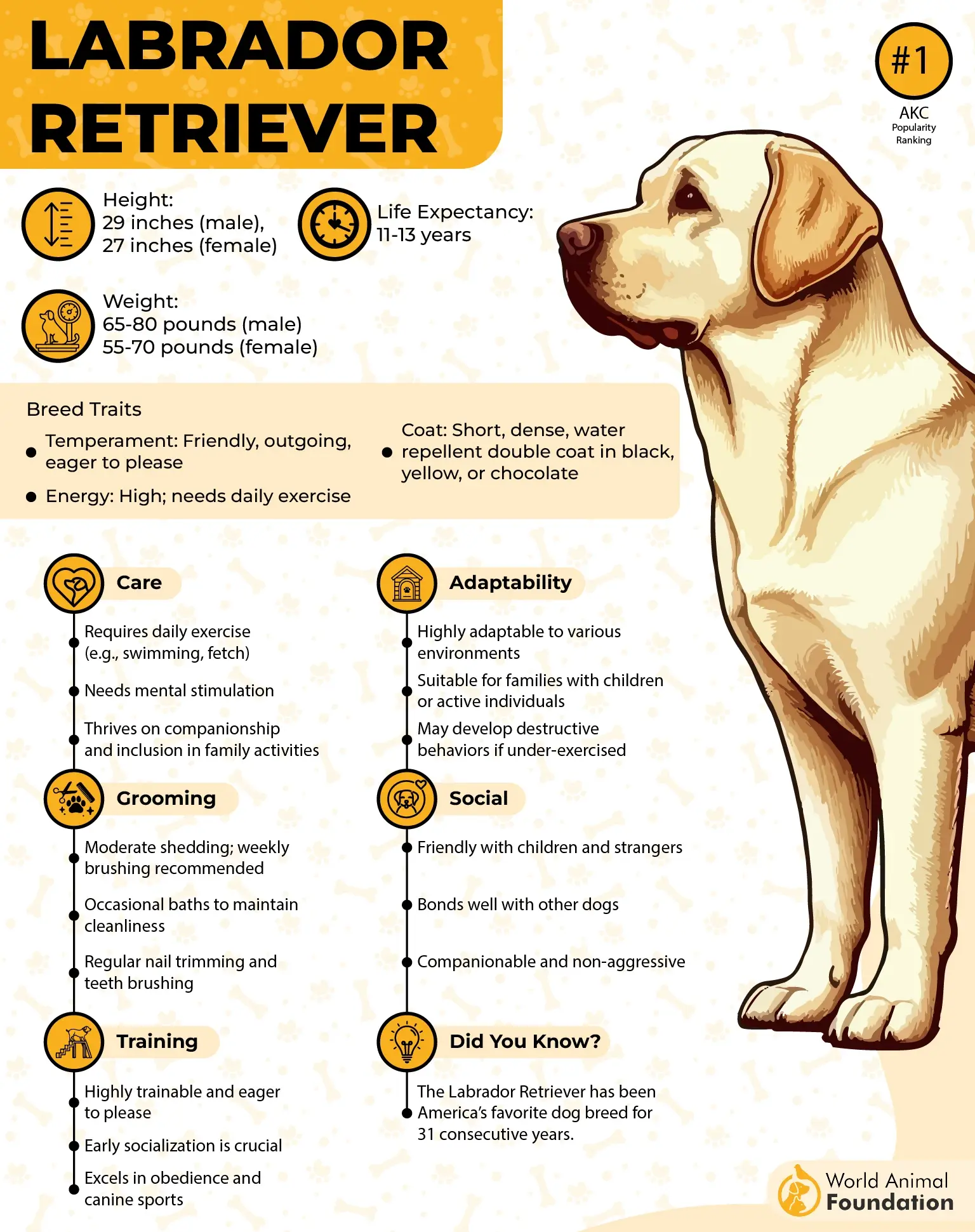
The Social Side of Serenity
They’re ideal for those who move between solo routines and social spaces like a dog park, transitioning effortlessly between calm and connection. Their friendly, grounded demeanor creates a soothing presence in both one-on-one and group yoga spaces. Labs thrive on shared focus and energy.
Loyalty That Grounds Your Practice
Even among energetic dogs, the Labrador stands apart for its steadiness under guidance. Their loyalty often mirrors the consistency found in dedicated yoga practice. It’s not just about movement—it’s about companionship that keeps pace with your mental and physical flow.
2. Bernese Mountain Dog
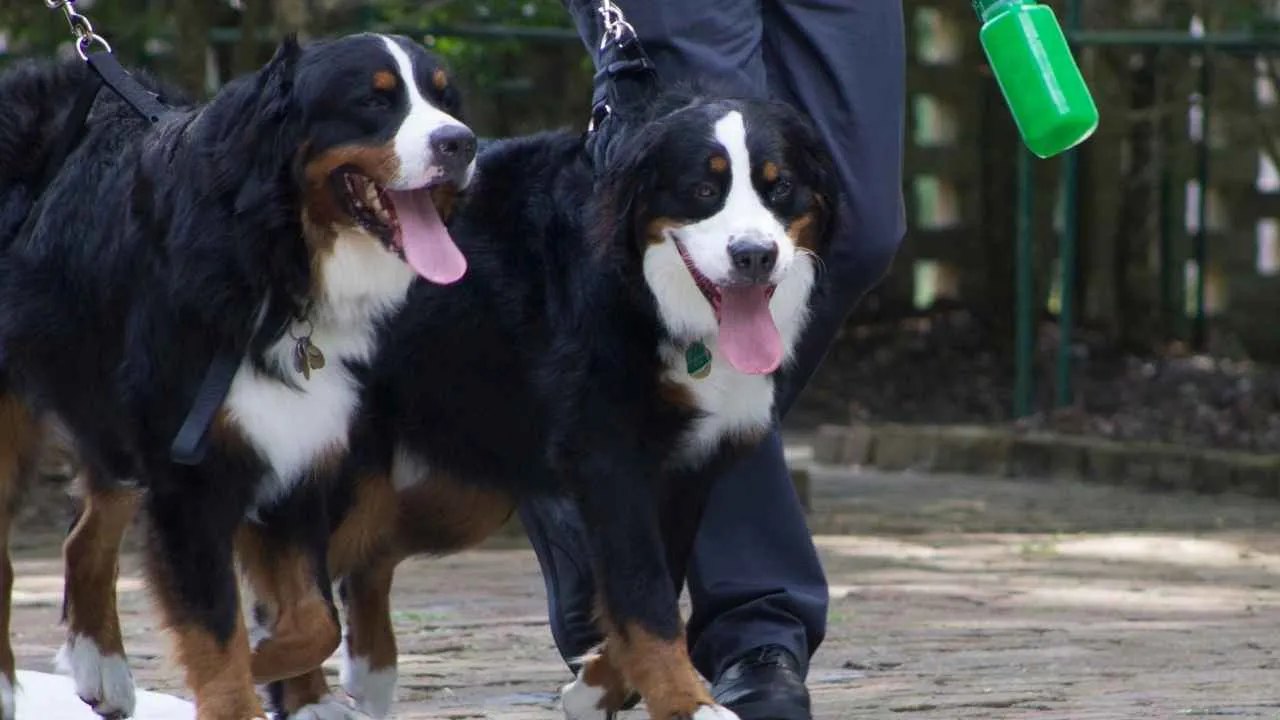
Bernese Mountain Dogs have a quiet attentiveness that mirrors the calm presence needed in meditative spaces. They observe without interrupting, often lying nearby with an intuitive sense of when to move and when to stay still. Their ability to match emotional energy is deeply grounding.
Strength Balanced by Stillness
Despite their powerful build, Berners aren’t restless or reactive indoors. Their slow, deliberate movements make them easy to coexist with during floor-based practices. They often settle into postures beside their owners, creating a calm visual and physical harmony in shared space.
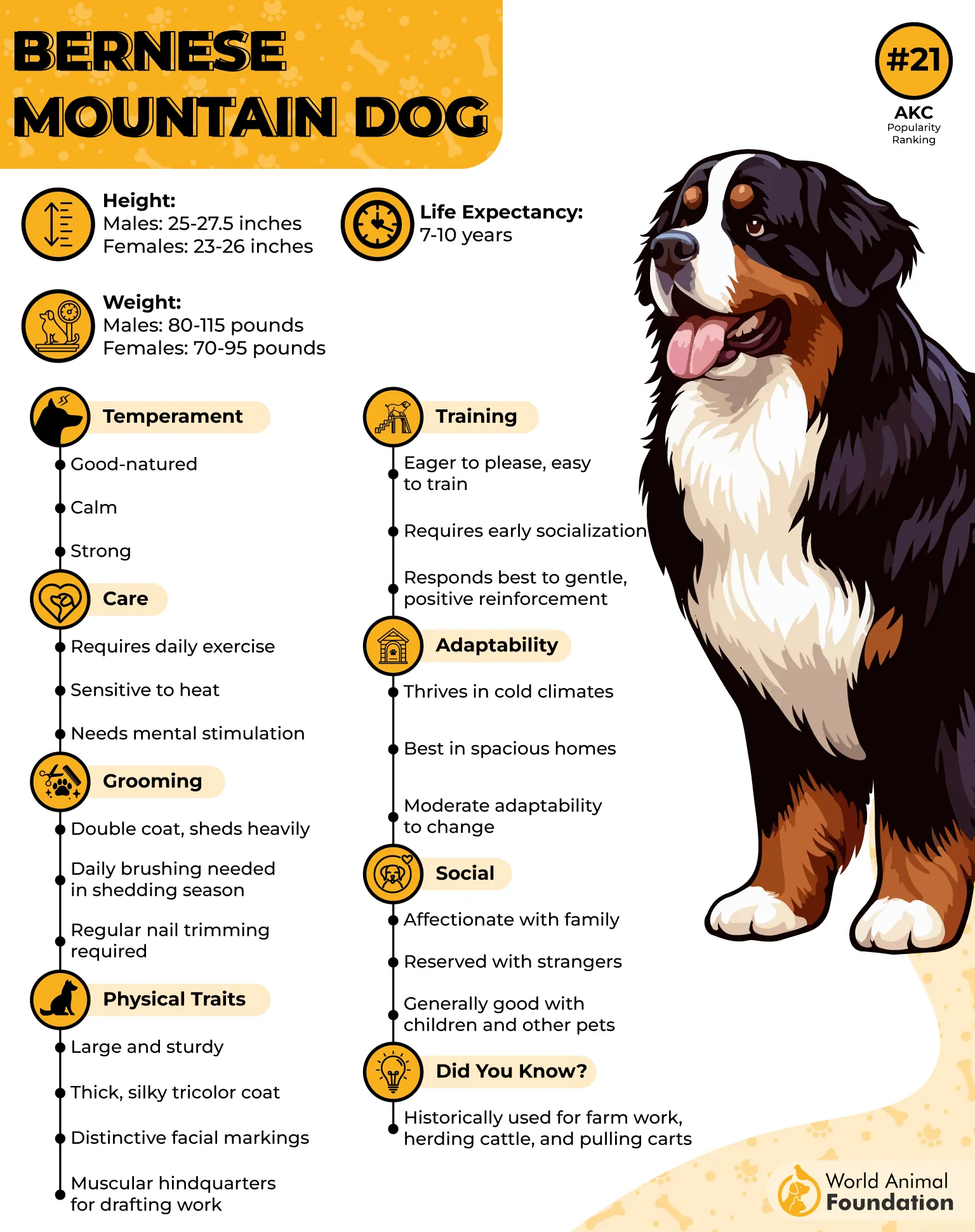
Structured Minds, Responsive Bodies
Their responsiveness to rhythm makes them ideal for routines with steady pacing. Many can even take part in modified agility course tasks, which build physical confidence while reinforcing quiet control. This blend of structure and softness supports focused environments.
Reliable Partners in Wellness
Whether integrating into a daily walk or resting nearby during stretches, they flow naturally into a fitness routine that isn’t high-intensity. Berners are great dogs for people who prioritize balance, emotional connection, and slow, mindful movement through each part of their day.
3. Rhodesian Ridgeback
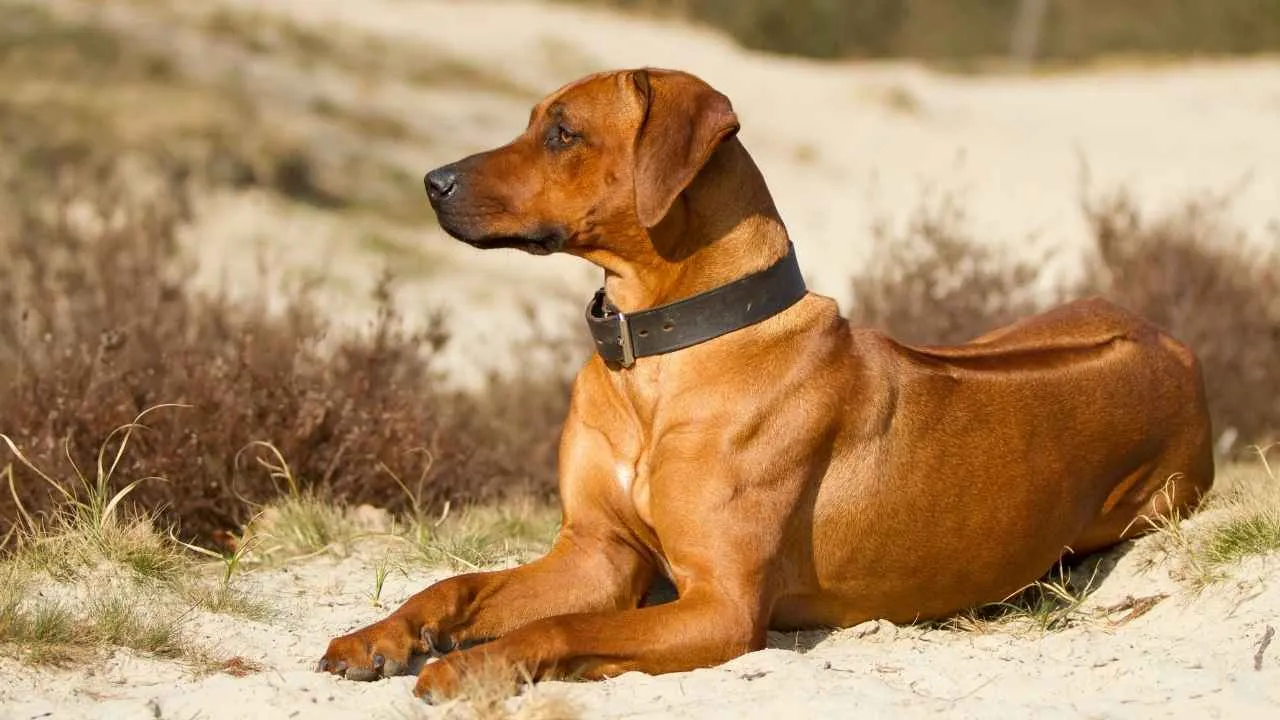
Rhodesian Ridgebacks have a composed, almost meditative energy when indoors, which pairs well with calm, focused spaces. Their independent mindset means they won’t hover or demand constant attention during your practice. They’re content to observe, offering a peaceful presence that doesn’t distract.
Muscle Control and Grounded Movements
Originally bred for endurance and tracking, Ridgebacks have powerful, fluid movement that shows up even at rest. Their deep chest and muscular frame allow them to settle easily into stillness while staying alert. That physical self-regulation aligns naturally with breath-based exercise.
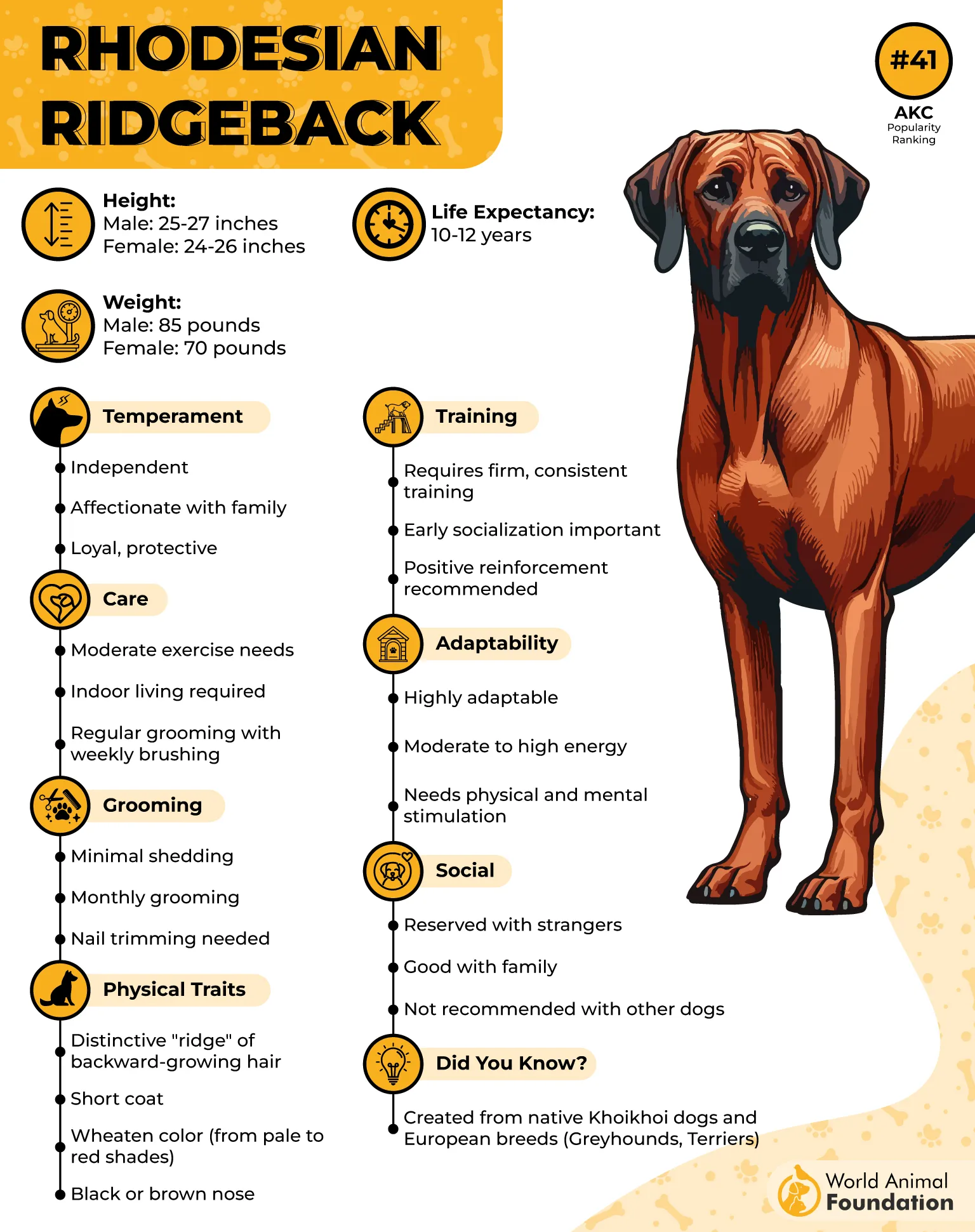
Respectful in Shared Environments
While they can live with other animals, Ridgebacks often prefer calm surroundings and structured socialization. Their polite distance makes them less likely to interrupt a yoga flow or crowd personal space. They intuitively recognize quiet moments and rarely disrupt them.
Balance Between Energy and Rest
They need daily exercise to stay emotionally even and avoid restlessness indoors, as per AKC. A brisk walk or controlled run earlier in the day helps them transition into the same way you might begin practice—by releasing tension first. Their energy becomes calm once it’s constructively spent.
4. Poodle
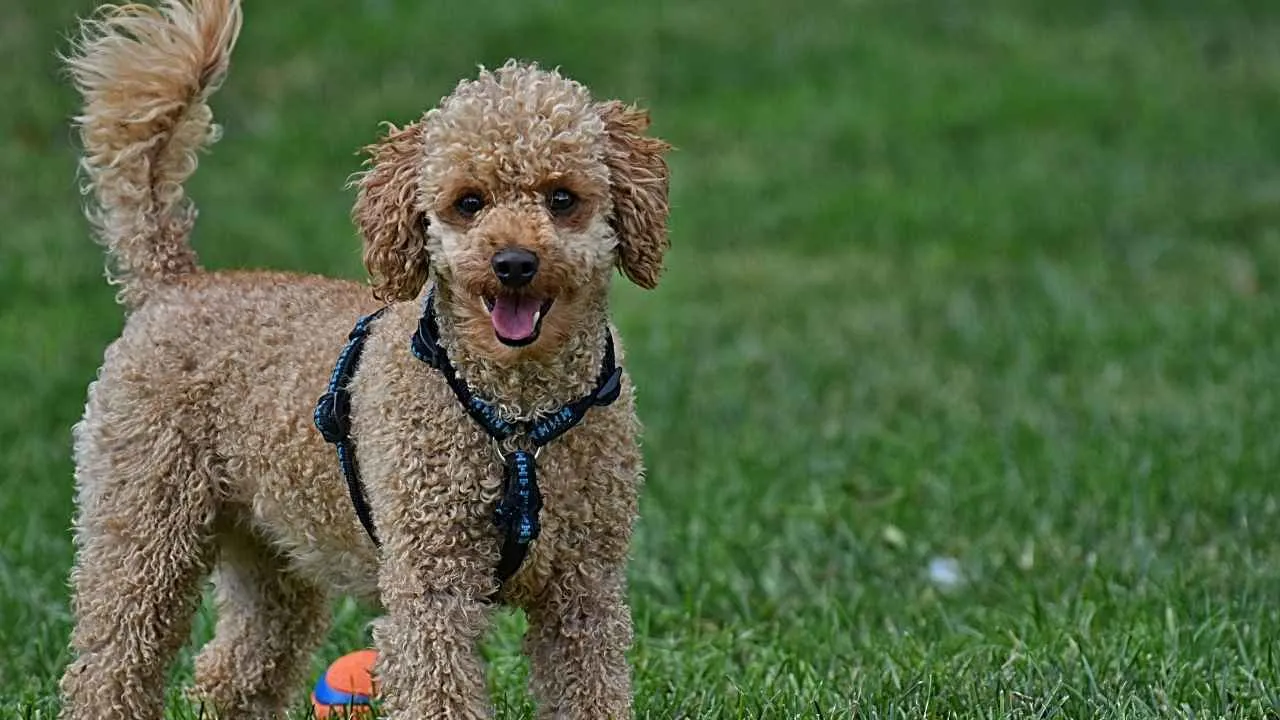
Poodles are exceptionally perceptive, responding to body language and tone without the need for repetition. Their fine-tuned awareness makes them sensitive to subtle shifts in breath, posture, or energy during quiet moments. That calm alertness fits right into mindful movement spaces.
Natural Balance and Fluid Movement
Originally bred for water retrieving, Poodles possess remarkable coordination and light-footed movement, as Pawlicy Advisor claims. Their strong back legs and upright posture give them grace in tight spaces, even during shared routines. Their love for swimming contributes to their joint flexibility and stamina.
Emotionally Present with Their Humans
They’re not just smart—they’re emotionally available in a way few breeds match. Poodles are affectionate, tuned into their humans’ mood, and often seek quiet physical closeness. For adults who practice at home, their presence adds emotional grounding to physical flow.
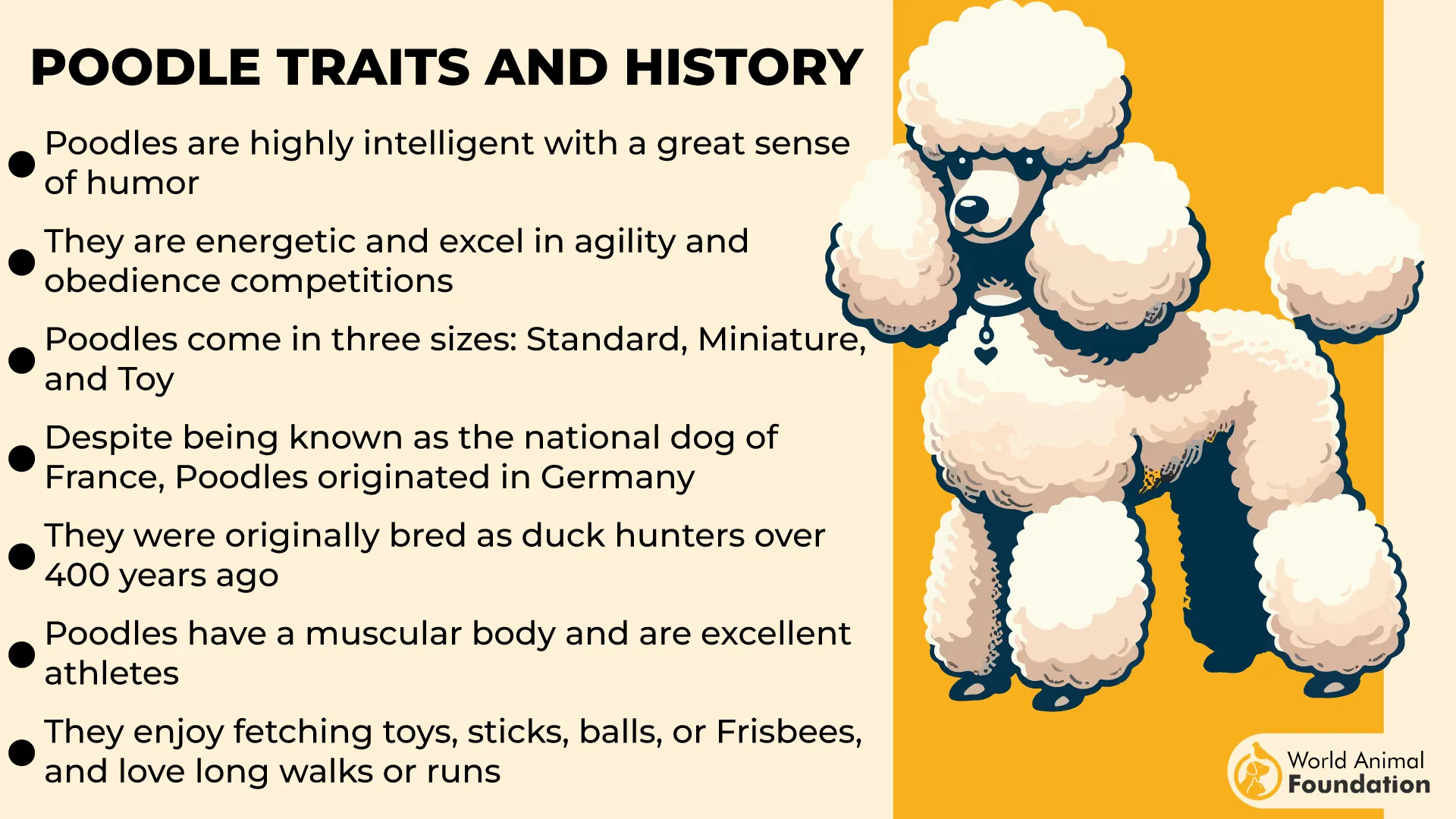
Eager to Engage Without Taking Over
You’ll often find them quietly watching or mimicking motion without disrupting the practice. Their eager participation, whether it’s gentle engagement or a settled pose beside the mat, makes them intuitive yoga companions. A breed that knows when to move and when to pause.
5. Border Collie
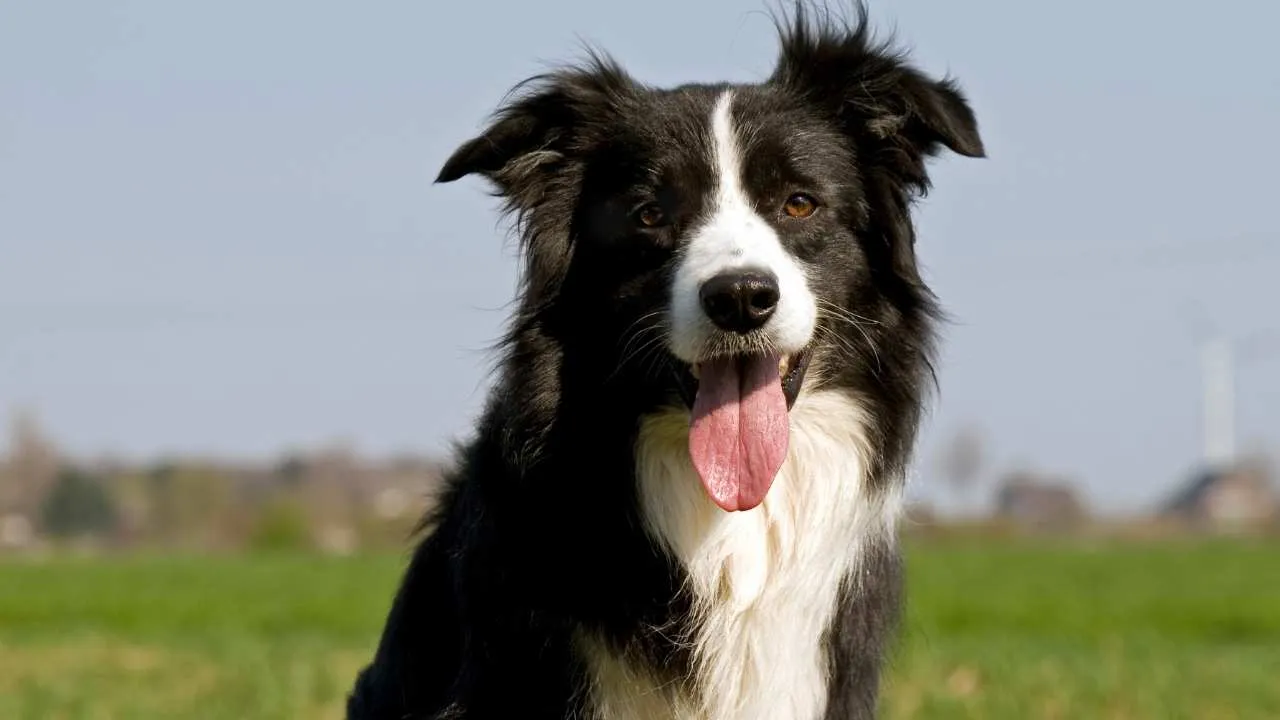
Border Collies are uniquely attuned to space, movement, and even subtle shifts in posture—traits that align closely with mindful physical practices. Their eyes track motion with focus, and they often mirror human body language during low-impact activities. It’s this sensitivity that makes them unexpectedly compatible with slow, intentional flow.
Mental Engagement Beyond the Mat
These dogs crave mental challenges just as much as physical activity. Introducing elements like sequencing or guided transitions can feel like a game to them, especially if paired with structure or cues. Yoga enthusiasts who like to keep routines stimulating and brain-friendly will appreciate their engagement.
Thrive in Natural, Open Spaces
Border Collies are naturally drawn to the outdoors and show remarkable calm once they’ve had the chance to move freely. A quiet corner on the grass or a shaded spot near your routine becomes their anchor. Outdoor yoga sessions become even more grounding with them resting nearby, fully alert but at ease.
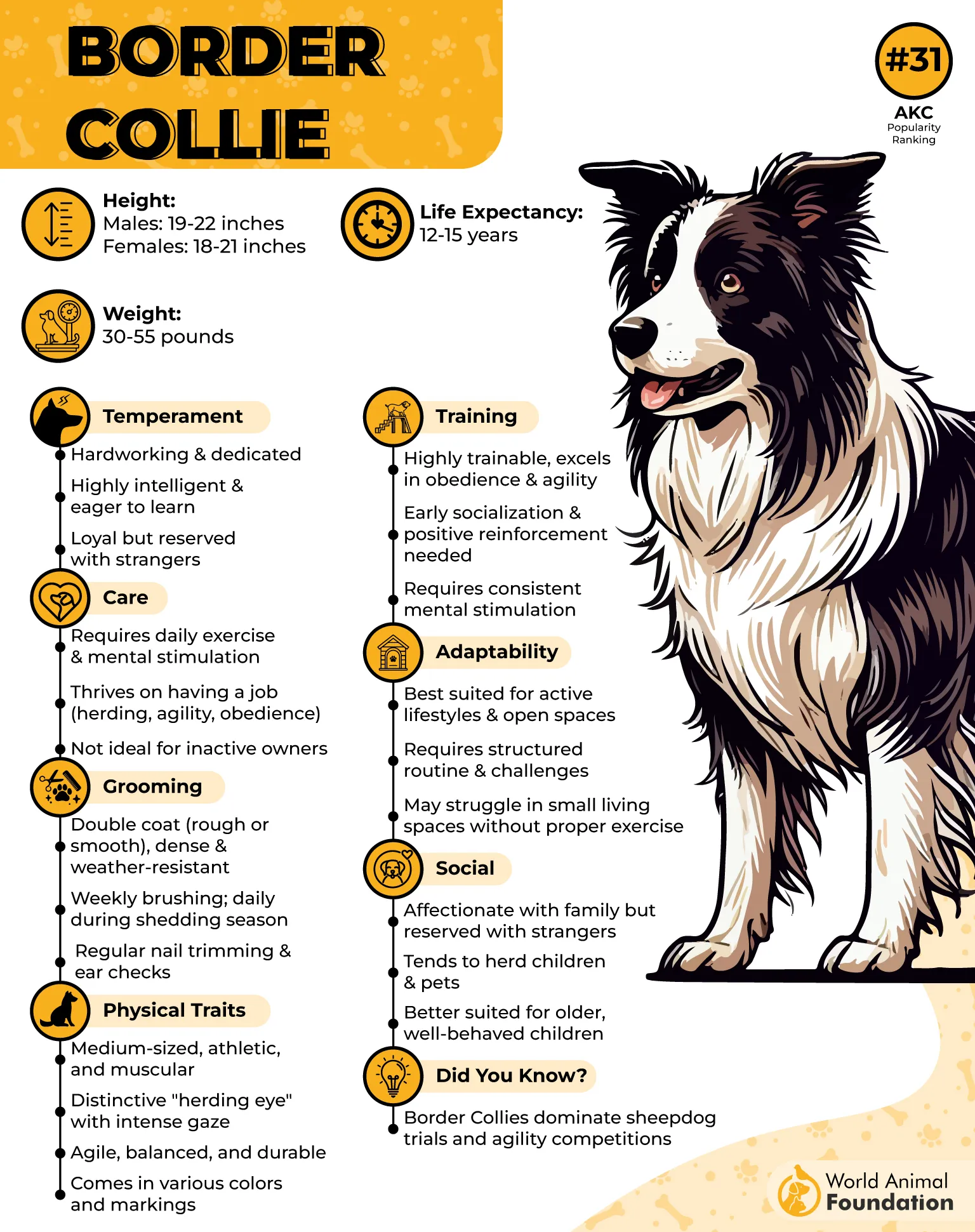
Tuning Into Movement and Stillness
With their ability to shift between high energy and near-still focus, they’re possibly one of the few breeds that respond well to rhythmic energy. Border Collies enjoy the fun of repetition when it’s purposeful and well-paced. Sharing movement becomes a form of connection, not just activity.
6. Jack Russell Terrier
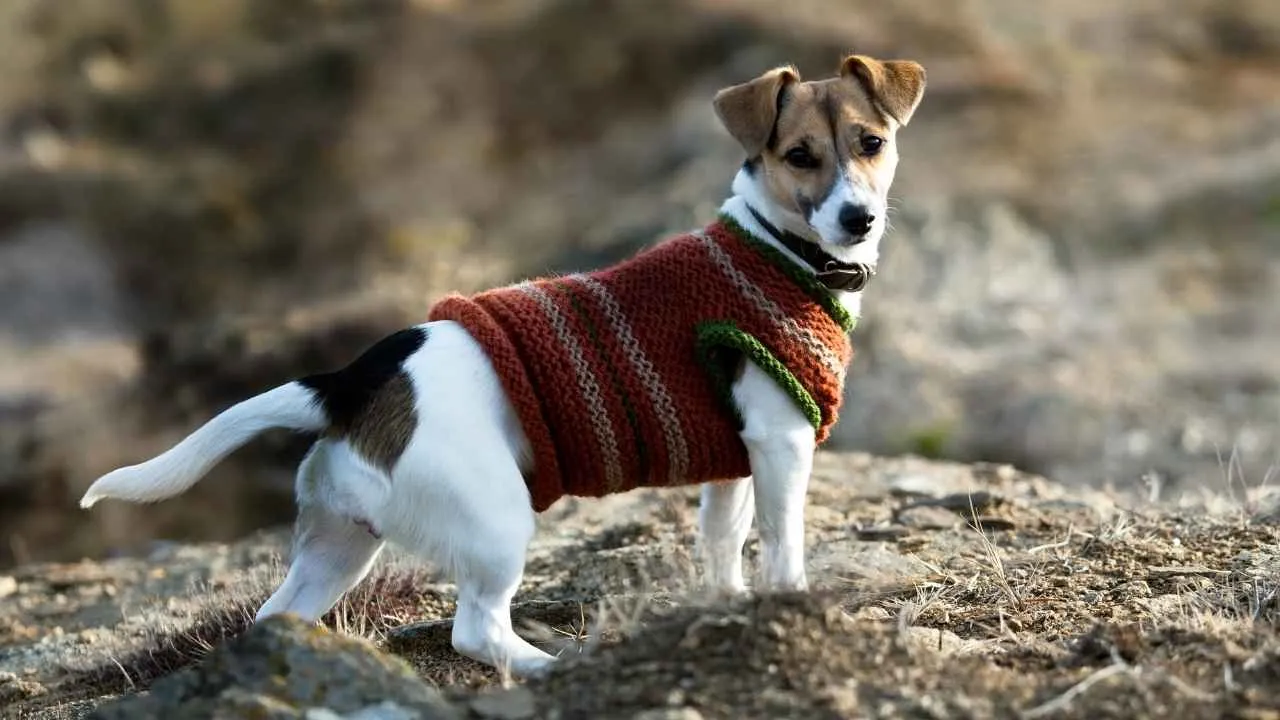
Jack Russells have an exceptional ability to track patterns and respond to nuanced cues. Their minds are wired for precision, which mirrors the mental discipline yoga cultivates. They respond best when you train with structure and purpose, not repetition alone.
Compact Yet Constantly Engaged
This is a dog that stays present by staying stimulated. Left without tasks, it won’t sit idle for long—but with guided movement and routine, it can align surprisingly well with focused indoor sessions. Their compact frame makes floor poses easy to share space with.
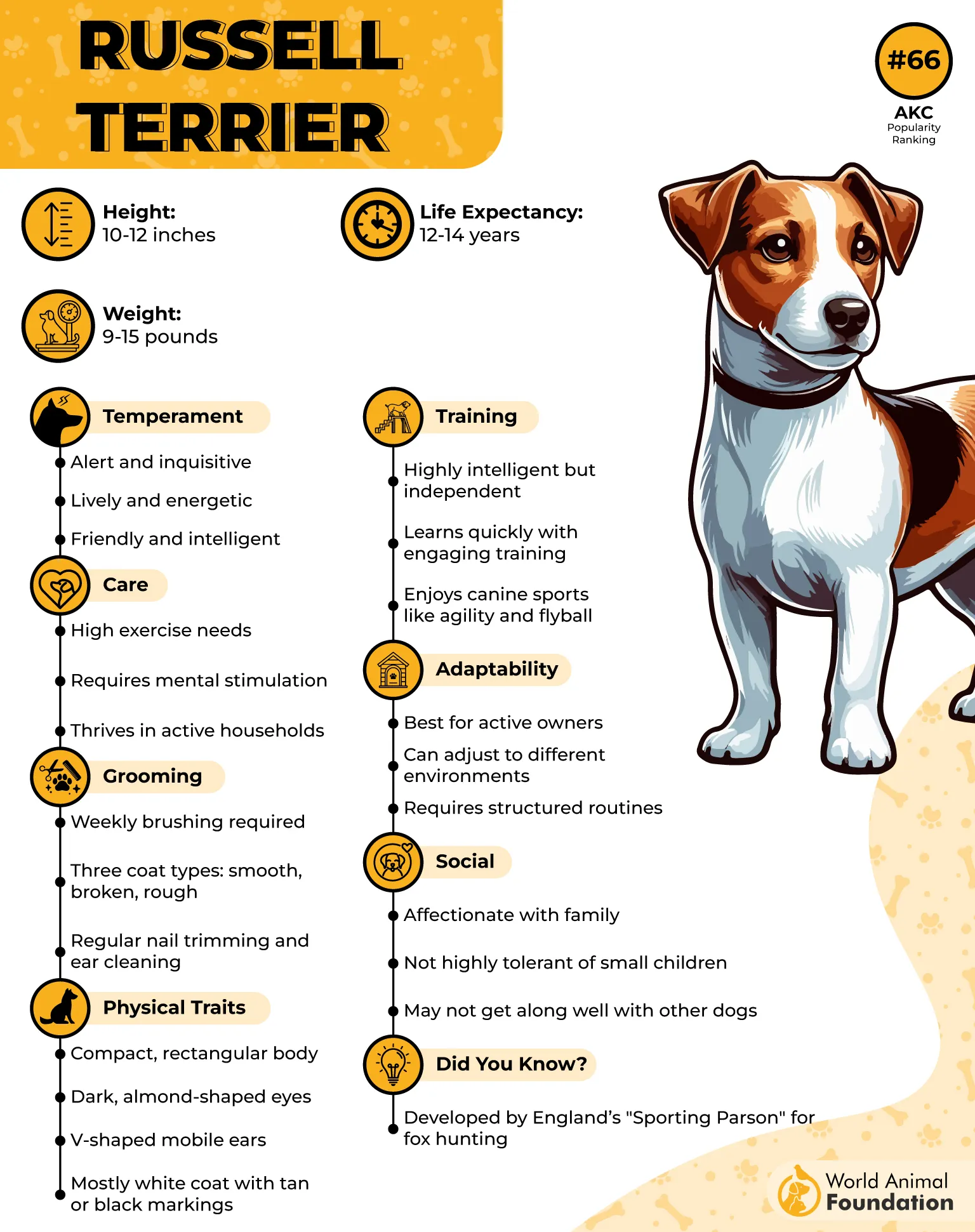
A Partner Who Challenges Routine
They don’t just follow—you have to teach them why something matters. That engagement builds mutual respect, especially in calm practice spaces. You’ll need to adjust and re-center often, which keeps both of you mentally agile and adaptable.
Movement, Memory, and Shared Joy
It’s easy to forget how sharp their memory is—Jack Russells recall sequences and transitions faster than most breeds. They bring joy to practice through their alert energy, and their playful edge keeps the atmosphere light even in structured routines.
7. Siberian Husky
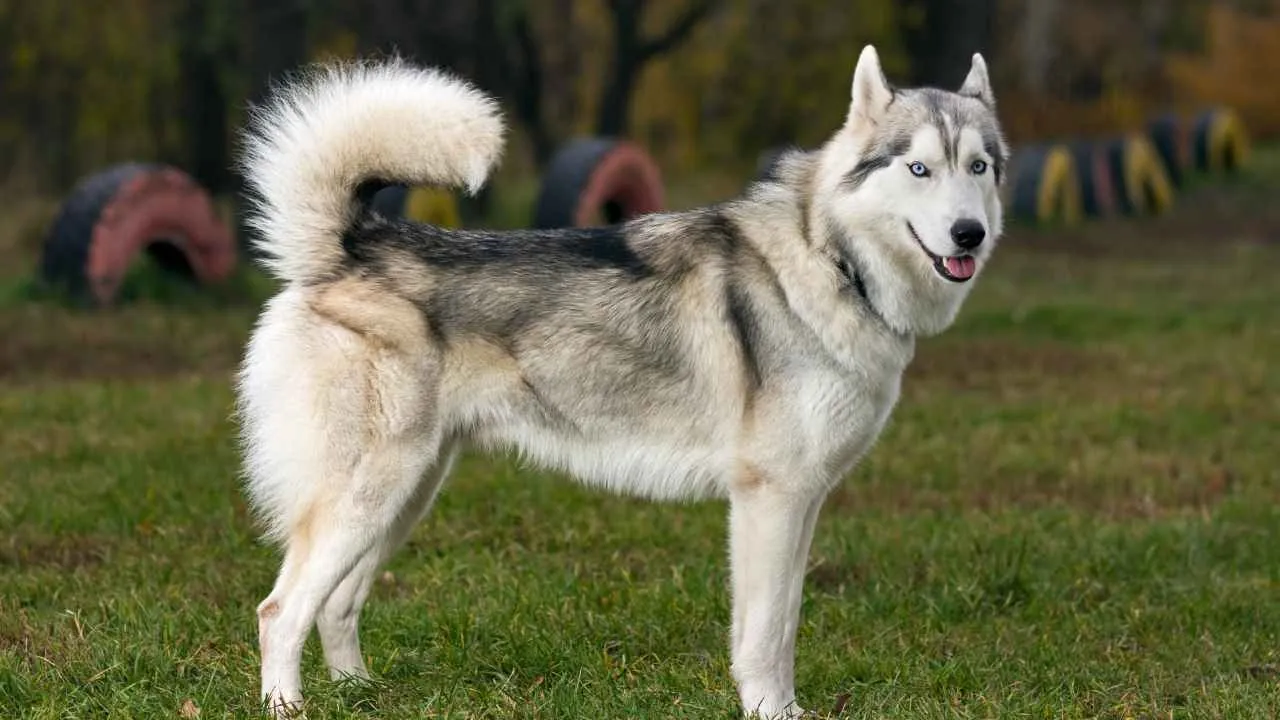
Siberian Huskies have an instinctive connection to movement that aligns with breath-focused routines. Their gait is fluid, and they maintain pace without tension, which mirrors the intentional flow of yoga. This natural rhythm often helps create a calming synchronicity during joint activities.
Energy That Requires Intention
A Husky’s athletic drive can be intense, but they respond best to direction with clear boundaries and calm assertiveness. Incorporating structure into their day channels their energy into more focused behaviors. This makes them a good fit for yoga enthusiasts who value control over chaos.
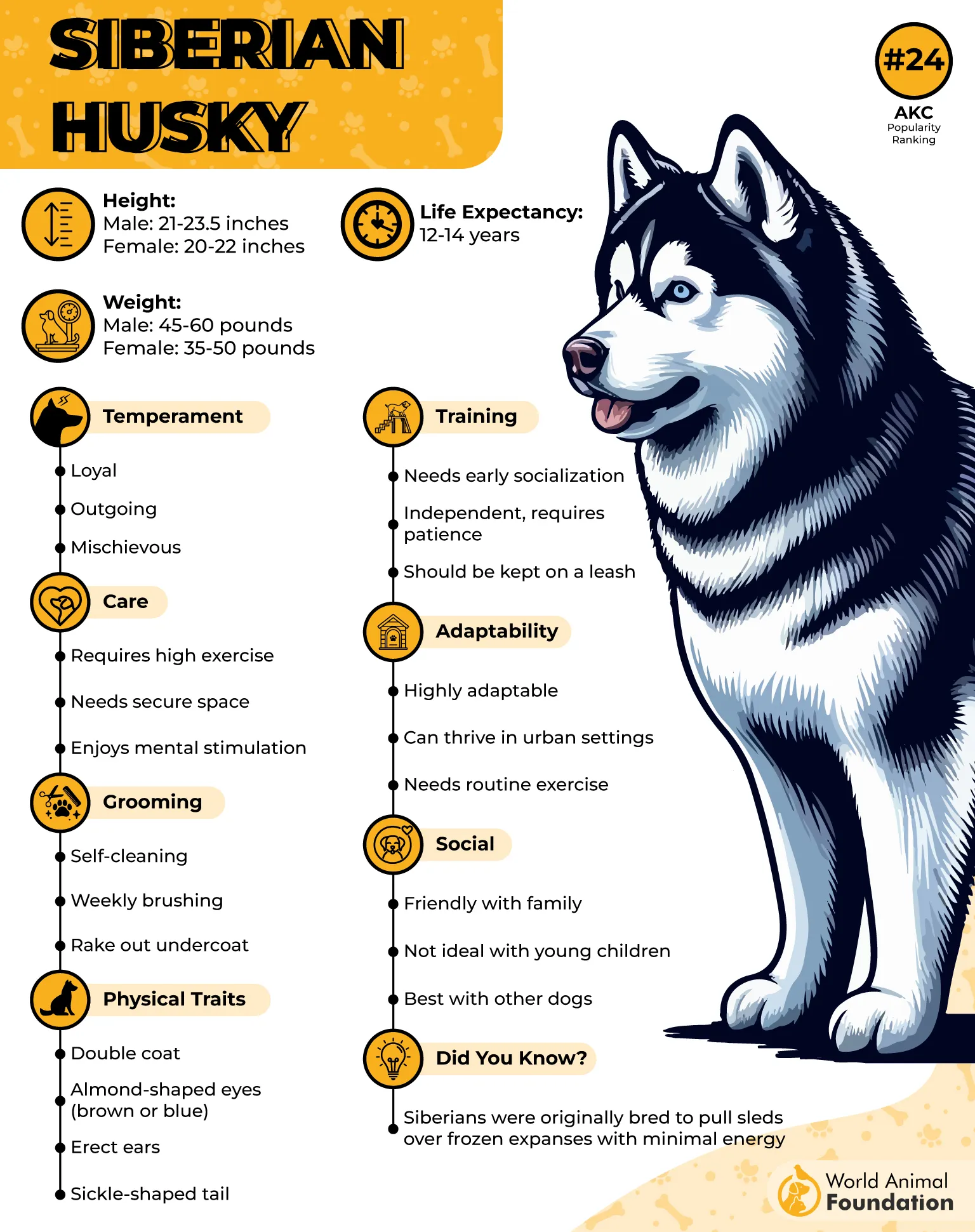
Independent Yet Tuned In
They often display intelligent problem-solving but aren’t clingy or overly reactive. This balance lets them quietly settle nearby during practice without constant intervention. Their independence reduces the need to worry about managing distractions mid-session.
A Fit for Spacious Living
In a house with room to roam, Huskies naturally self-regulate their movement before resting close to their human. Their athletic background thrives in homes where movement is celebrated, making them ideal for yoga-loving families who live active, intentional lifestyles.
Conclusion
You probably knew what kind of dog you wanted before you opened this article. Calm, grounded, but not lifeless. Playful but easy-going. You just needed to know those dogs exist. And now you do.
Whether you choose a once-nomadic breed with hunting roots or a couch-loving, laid-back pup, what matters is that they meet you where you are. You move with breath. You stretch with purpose. You hike with mindfulness, not speed.
The breeds you’ve seen here can walk beside you through all of that. No chasing. No correcting. Just companionship that gets it. You’ve created a rhythm in your life that feels real. And now, finally, you’ve got a list of pups that might just match it.


